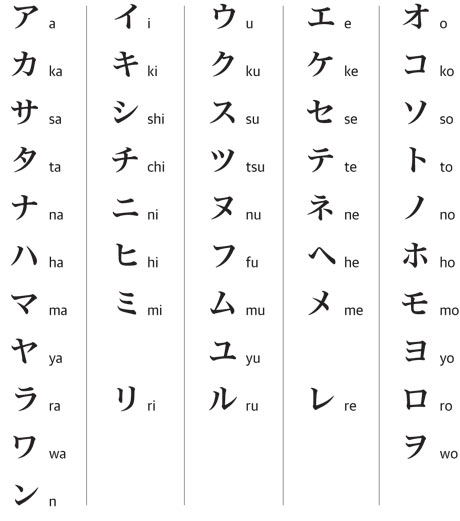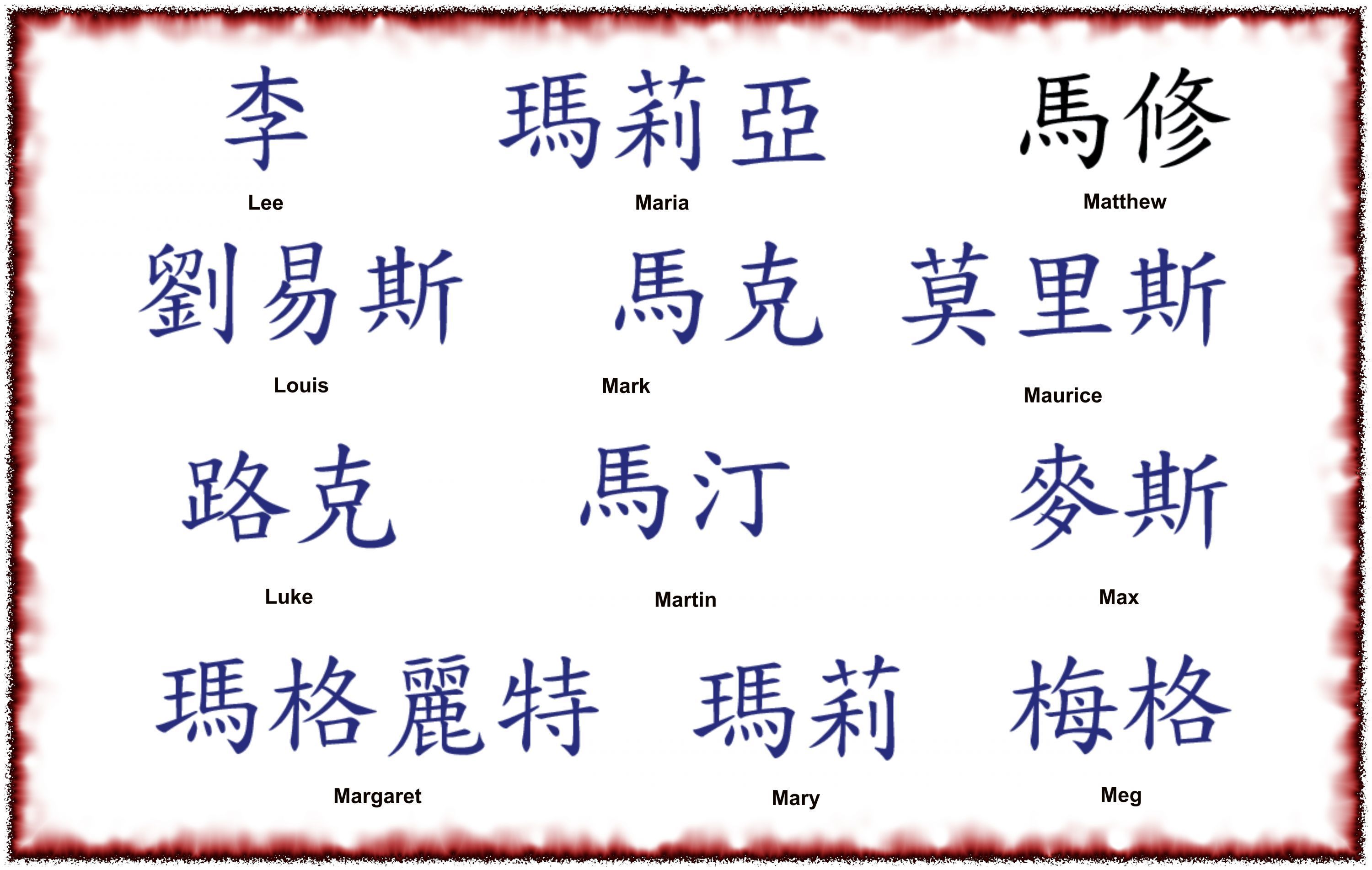
To start off with though, it might be helpful to use an app like our very own Hiragana Quest app. If all of this is confusing, don’t worry – you will come to understand how hiragana is used the more you study Japanese. These basic Japanese characters can also be modified by adding a dakuten (濁点) marker - ( ゙) or a handakuten (半濁点) marker ( ゚). Japanese native words without kanji or with extremely formal or complicated kanji forms.Grammatical and function words such as particles.Okurigana (送り仮名), or suffixes following kanji roots, which may inflect verbs and adjectives.On a more technical note, hiragana is used to write: Children’s books targeted at young children are often written in hiragana. It will help you read kanji you may not know yet, which is another reason why it’s important for students to master hiragana first. Hiragana is also used for furigana (ふりがな) or yomigana (読み仮名), a reading aid for kanji you will find either next to or above the kanji. Students will typically learn hiragana first, before learning katakana and kanji.

Each sound in the Japanese language corresponds to one character in the syllabary.

There are 46 basic characters which all symbolise syllabaries, or 71 including diacritics. Hiragana, which literally means “ordinary” or “simple” kana, is used primarily for native Japanese words and grammatical elements. That’s why you’ll find some books open with the spine of the book to the right, while some open to the left. Or horizontally from left to right, top to bottom (like in English). Firstly, they can be in columns going from top to bottom, right to left (like in Chinese). You can write Japanese characters in two ways. Read on to find out all about Japanese characters: hiragana, katakana and kanji. Hiragana and katakana are unique to the Japanese language and we highly recommend students master these two systems first before beginning their Japanese language studies in Japan.īecause of the three distinct characters and the varying usage, the Japanese written language is described as one of the most difficult languages to master. Most Japanese sentences will have combinations of hiragana and kanji and occasionally, katakana.

Each have different usages, purposes and characteristics and all are necessary in Japanese writing. For example, 私 (watashi) in Japanese means "me, I, myself" while in Chinese (depending on the Chinese language, they would say it different), it would mean "private" and not meant for a first person noun.The Japanese writing system consists of two types of characters: the syllabic kana – hiragana (平仮名) and katakana (片仮名) – and kanji (漢字), the adopted Chinese characters. They also may both use the same exact kanji in their everyday life, but the meanings can sometimes vary. Even though the characters are more simplified, the Chinese still have a much more extensive knowledge of their characters than the Japanese. Mao also gave the Chinese a simplified text for them to use, which made some more difference between the Chinese characters and Kanji. Japanese borrowed the Chinese writing system a long time ago, but eventually they were no longer required to use all of them as they can use hiragana and katakana for Japanese words, or kanji that are simply too difficult. It's like if we said "I go" as a present tense and the command then would turn into "go now!" the verb does not change. Since ganbatte is a conjugation of ganbaru, their kanji characters are the same.


 0 kommentar(er)
0 kommentar(er)
